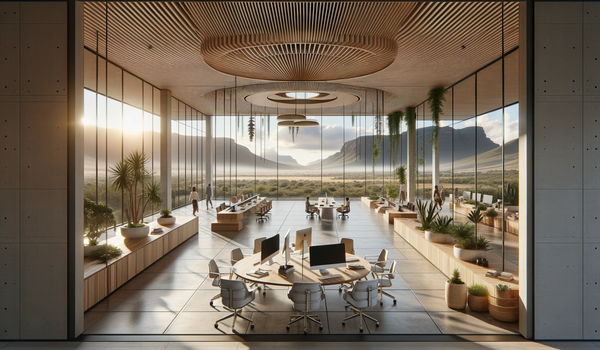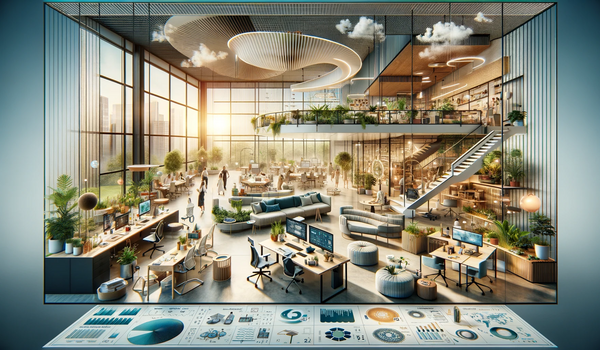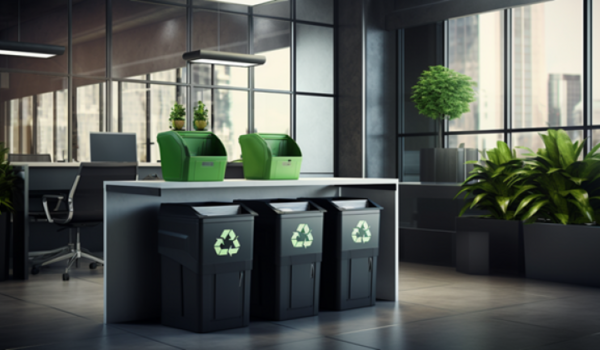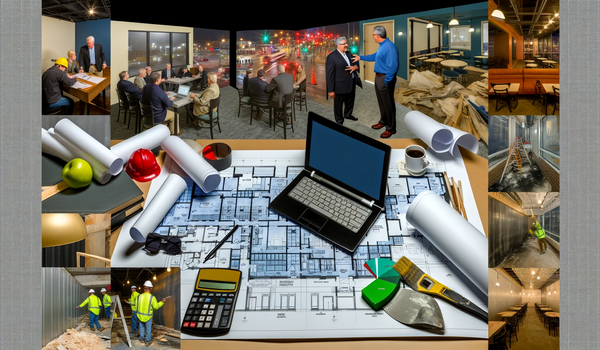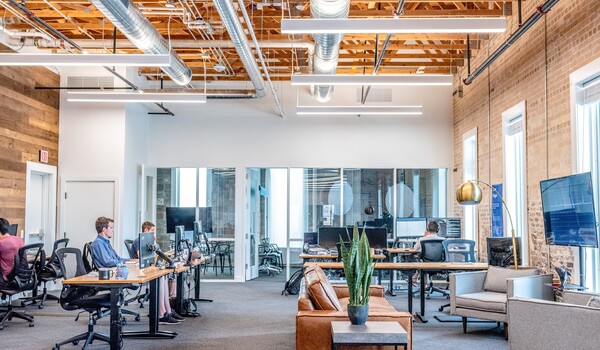
CHANGING TECHNOLOGY FOR A RETURN TO THE WORKPLACE
How can technology support a post-pandemic office space?
October 2021
The modern office interior design principles focus on light and space using hot desks, collaborative breakout areas, and meeting pods to facilitate collaborative and agile working with many working postures. Since the start of the COVID-19 pandemic in 2019, some office layouts have had to be adjusted in order to accommodate social distancing and remote working. However, in order to align with the COVID-19-enforced zero-touch economy, employers are required to investigate ways to use technology to change the environment within the workplace.
Various ways in which technology can support a post-pandemic office environment include the following:
- A hands-free thermal imaging camera can take an employee’s temperature and identify if the employee has a fever. The company could automatically be notified that there may be a potential risk as well as the employee, and the company will be placed in a position to take swift action in line with their relevant policies and procedures while protecting the rest of the workforce to prevent the spread of the virus.
- Sensor-based door and elevator controls or light switches can operate without people needing to touch them. Remote-controlled printers can also assist to avoid spreading infection through touching high traffic surfaces.
- Occupancy technology could play a major role here, with the ability for a remote working employee to have a live view of how many other people are in the office and can book a meeting room or a desk a few hours in advance to ensure social distancing.
- Office heating, ventilation, and air conditioning (HVAC) systems can potentially spread a virus across offices, as high-speed air gets re-circulated through the system and can spread infection from one infected person to another. Smart building technology that controls the HVAC system more efficiently can help with COVID-19, with technology managing things like air filtration and purification as well as irradiation and thermal sterilization able to circulate air more safely. Connected HVAC systems can also incorporate ionic purifiers and ozone generators for cleaning the air in the office.
- People are accustomed to online collaboration under the enforced work-from-home period, but unified communications and collaboration (UC&C) tools will still have a role as employees return to the office. With an increase in remote workers using video conferencing, chat and messaging, cloud storage, and sharing tools to do their jobs and keep in touch with colleagues while reducing the risk associated with physical contact.
While some of these solutions might be inaccessible to some employers due to financial restrictions, the ideas behind them are valuable and can serve as a springboard for offices and organizations. IRON is an expert in corporate interior design and space planning and will advise and can assist with the implementation of these technologies.
Share insight:
